You never know what surprise is calling out for you from the small antique keyhole of that box. But guess what the box does not come with- it’s key. Don’t worry, we won’t let your ancient generational secrets sealed by some antique lock be kept away from you. Don’t let the decorations of these antiques fool you. Complicated as they might look, antique locks can be comparatively easier to unlock an antique lock without a key.
Methods To Open An Antique Lock Without A Key
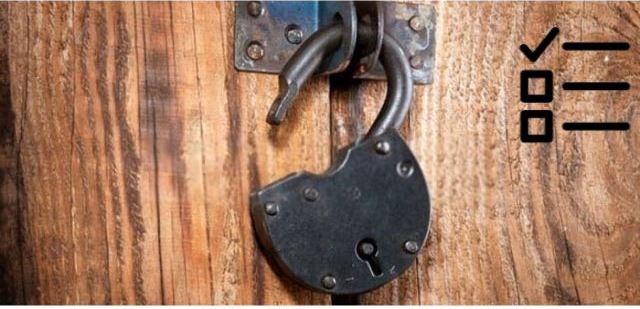
1. Using A Coat-Hanger (Or A Paper Clip or A Bobby Pin)

In the case of a large Antique lock, you will have to form a hook-like structure. Bend the coat hanger at one of the ends such that it forms a 90-degree angle.
Step 2: Insert it into the Lock hole
Once you are done bending your chosen item into a makeshift device, insert it into the keyhole. Do so by gripping its handle and letting the hook-like end in the keyway.
This indicates that you have successfully hit the lever. And also that your pick has been inserted completely.
Step 3: Twist and Unlock
The skeleton Key of an antique lock has two components. One is the lever which you have already cracked. Second- The Deadbolt. When the Deadbolt feels like moving into the open position, Bravo! You have finally picked the lock.
Now just twist and turn your DIY tool like a normal key. Don’t be very hard by putting too much force else you will end up damaging the lock.
2. Using A Flat Head Screwdriver

Step 1: Find the Right Size and Insert
The foremost thing you need to do is find a screwdriver of the right measurement. Your flathead screwdriver should be small and thin enough to be able to fit in the keyhole.
Keep on checking by placing and removing the screwdrivers into the keyhole. Choose whichever fits the best and insert. You can insert a nail file alternatively.
Step 2: Look for the lever and twist
Try finding the lever by fumbling inside a keyhole for a while. You will feel a little resistance as the locking mechanism will push back when you finally hit the lever.
Apply the adequate amount of force required without putting the lock at risk, and twist. Do so as you would twist and turn in the direction with any normal key. And finally, you will have your lock open.
3. Using An Allen Wrench

Step 1: Find a Fitting Wrench
If your lock is a normal-sized one, use 3/32 inches (0.24cm) Allen wrench. In the case of a small antique lock, use a smaller wrench of size 5/64 inches (0.20 cm).
Step 2: Insert the First Allen Wrench
Insert it in the keyhole. Just like in the previous two methods, wander and wiggle inside the hole to find the position of the lever. It’s the mechanism that pushes back.
Step 3: Hold the lever
Once found, push the lever up with the right amount of force. This may take a few tries. You will have to keep on maintaining the same position till the lock is open.
Step 4: Insert the Second Allen Wrench
Put it inside the keyhole such that it hooks behind the first one. A problem generally faced over here is that the second wrench doesn’t fit.
Step 5: Twist and turn the Second Wrench Clockwise
Twist it clockwise and lock for a resistance caused by deadlock. Keep twisting till it moves to the open position and the lock opens up. Remove the wrenches after this.
4. Contact a Locksmith or an antique Dealer.

FAQs
Q1. Explain antique lock
As the name speaks for itself, Antique locks are the ones made in ancient times to secure valuables. Different civilizations invented a variety of antique locks of their own. Ancient Egyptians were the ones who first come up with pin timber locks.
In ancient Roman and Chinese civilizations, warded locks were the trend. The antique locks we find these days were made from the 18th to the 20th century. As they were made for earlier times, today’s generation-they are quite fragile.
They can’t perform the primary function of a lock quite well in this generation i.e., security. Today’s security systems have advanced tremendously. That’s why they are more used as vintage pieces for show and decoration. Many even collect them as a hobby.
Q2. Are antique locks illegal?
Antique locks are not illegal. Nor is the possession of them. You can have them freely at your home but they should be bought from a registered Locksmith only. Possession of an unregistered antique item is a punishable offence under the law. Also, importing and exporting antiques by an individual is prohibited. You can be charged by law if found out the antique lock you have was imported from or exported to somewhere.
Q3. How to pick an old check lock?
You can find all these items in your household. The methods required to be performed are explained in detail above. However, if you feel like these methods are causing damage at a point, it’s best to get the help of a locksmith instead.
Final Talk
The steps required for unlocking an antique lock are quite viable. And can be easily performed. The devices necessary to perform the methods are just the everyday items lying in your house. Still, if your antique lock is being too stubborn, remember- a locksmith or an antique dealer is just a call away.

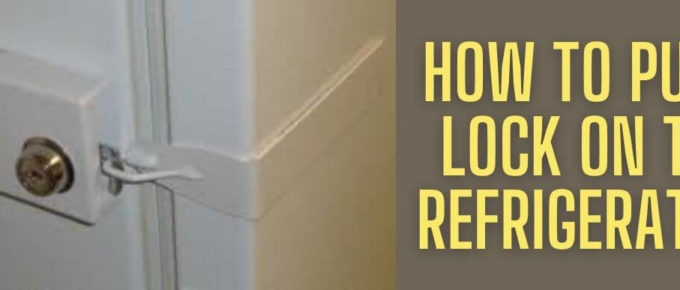

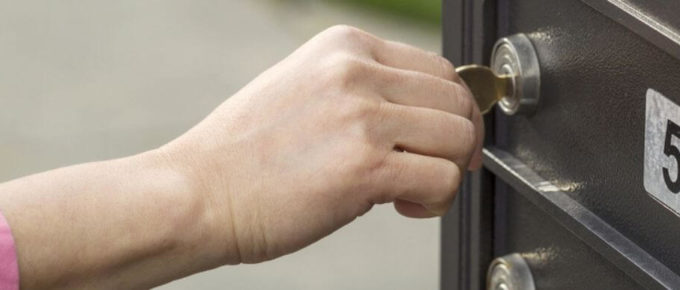
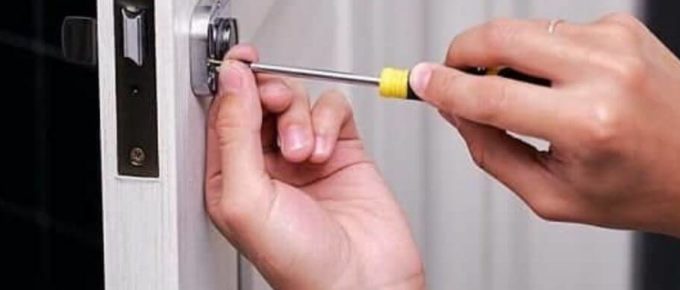

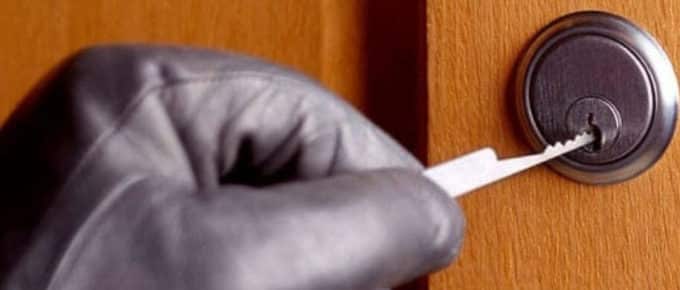
Leave a Reply